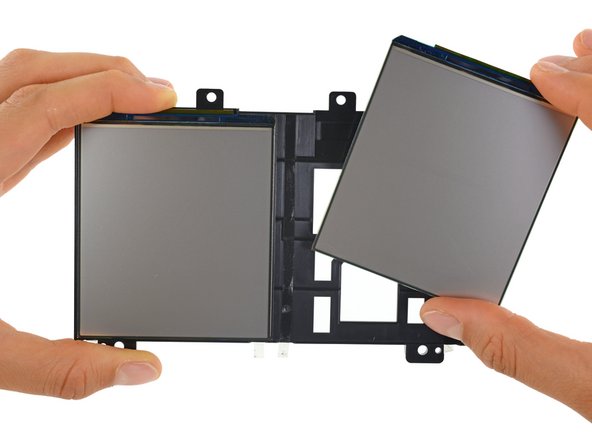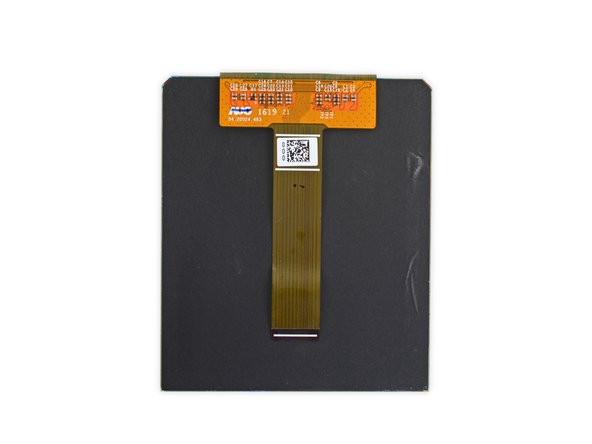crwdns2935425:09crwdne2935425:0
crwdns2931653:09crwdne2931653:0






-
After removing four friendly Phillips screws, the display assembly lifts out of the headset with ease.
-
Improved visuals on the HDK 2 make it a contender with the big names in VR: The two 1080p OLED displays, made by AU Optronics, look similar to the Samsung displays on the HTC Vive, and boast the same 2160 x 1200 combined resolution and 90 Hz refresh rate.
crwdns2944171:0crwdnd2944171:0crwdnd2944171:0crwdnd2944171:0crwdne2944171:0